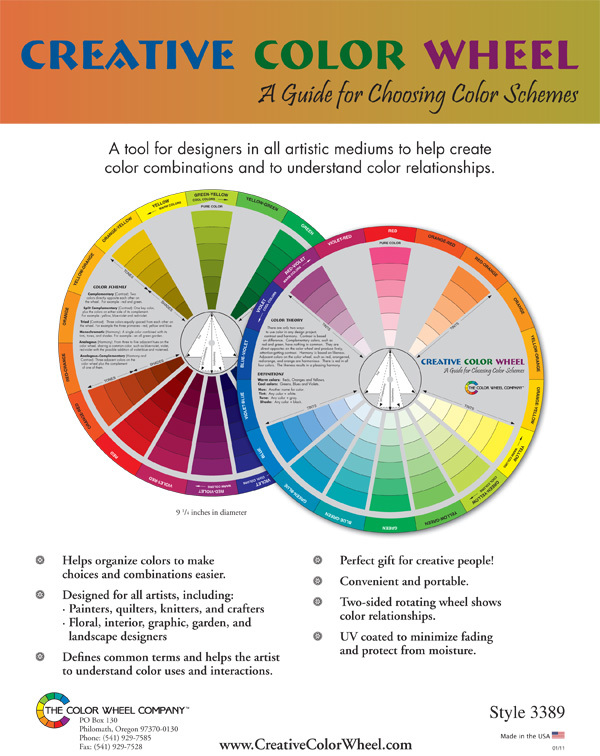
Explain to the students that a little bit of watercolor paint goes a long way. On each palette, place a small bit of either blue, yellow, or red. See if anyone can name a primary color (or two or three).ĩ. Explain to the students that there are three PRIMARY COLORS which can be mixed to form the other colors (BLUE, RED, and YELLOW). Many learners, especially younger children, tend to jump ahead on this project when the paint is readily available.Ĩ. NOTE: When the students are ready to paint, place the paint on each palette one color at a time. Then, within each “quarter” portion of the large circle, draw two more lines, trying to space them evenly (note arrows). Now draw another line directly through the large circle perpendicular to your first line. Next, have the students draw a line straight across the large circle, skipping over the smaller circle. The drawing should look something like this:Ĥ. Students can draw the smaller circle freehand, or they can trace around a smaller object, such as a cup. Now, draw a smaller circle inside the larger circle, trying to center it inside the larger circle. On each paper, have each student draw a circle by tracing around a small paper plate.ģ. Because this project does not involve much water, you don’t need to tape down the paper.Ģ.

Provide each student with a container with water, paper towel, one brush, palette (Styrofoam plates), and a piece of watercolor paper. Small paper plates (dessert plates – one per student)ġ.Separate tube of purple paint (if paint set doesn’t include purple).
#CREATIVE COLOR WHEEL HOW TO#

It provides the students with opportunities to learn: Creating a color wheel is a good exercise to introduce students to watercolors.


 0 kommentar(er)
0 kommentar(er)
